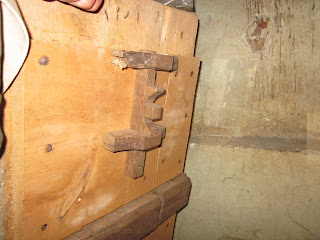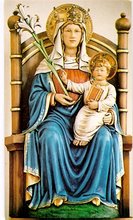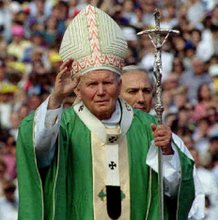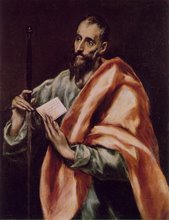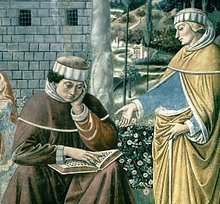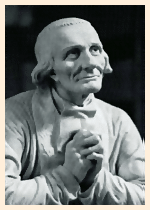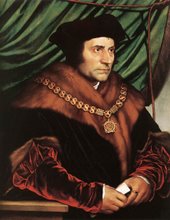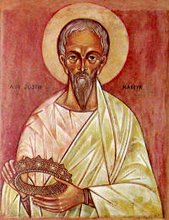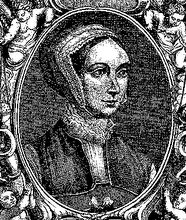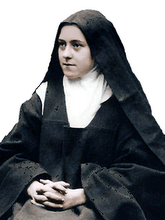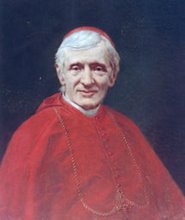The building which Corpus Christi Catechetical Institute occupied
is quite imposing, its façade now somewhat softened by the trees. When it opened
in 1965 its Principal was Fr Hubert Richards. Fr Richards was a priest of the
Archdiocese of Westminster who had been ordained in 1946. At the time that he
was chosen by Cardinal Heenan for this post he was a member of staff at the
Seminary of St Edmund in Ware, Hertfordshire, lecturing in Sacred Scripture.
The Vice-Principal was Fr Peter de Rosa, also a priest of Westminster who had
been ordained in 1956. He too was a member of the seminary staff in Ware,
lecturing in Philosophy. Also appointed to teach at Corpus Christi were, Fr
John Perry, also of Westminster, ordained in 1964, Fr Peter Wetz, a White
Father, and Bro Drostan Clark FMS. (I
have been unable to determine what this abbreviation – FMS - stands for.)
After only a year, concern was raised about the Principal
and his deputy. It was thought that, together with Fr Charles Davies, another
staff member from Ware, these three priests had been moved out of the seminary
by the Cardinal in order to break up an “avant-garde” trio on the formation
staff (Catholic Herald, 4th February 1966). Fr Charles Davis, also a
priest of Westminster, ordained in 1946 and later a seminary professor at Ware,
took up another teaching position in 1965 at Heythrop College, then still in
Oxfordshire. After just a year he left both the priesthood and the Church, and moved
to Canada where he married and taught. In 1991 he returned to the UK and died
in January 1999.
By the end of the decade concern about Corpus Christi College
would be widespread throughout the country.





















